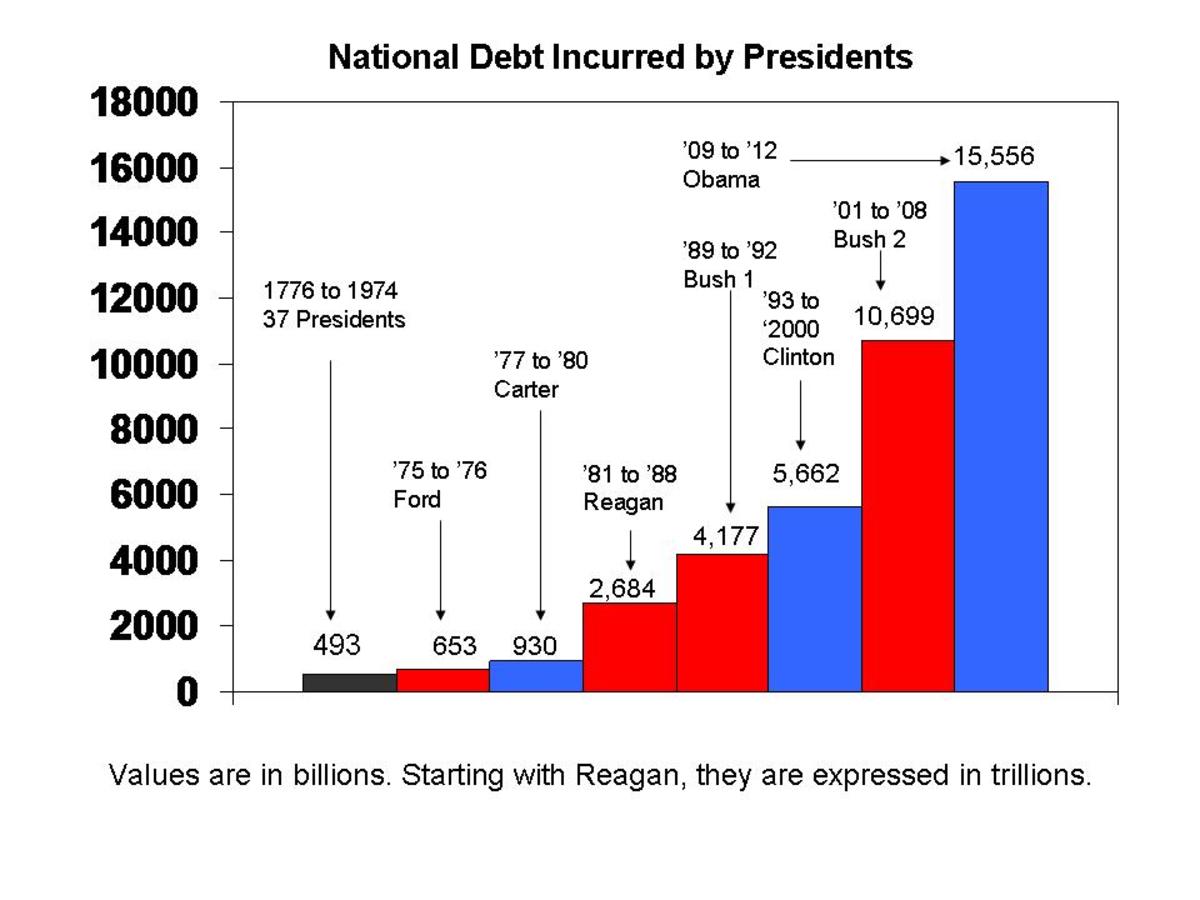Ron Paul Says Earmarks are Not Pork Barrel Spending

from the Curmudgeon's desk: GA Anderson
"Earmarks are a good thing. We need more of them. That's the way all Federal spending should be done." So says Congressman and Presidential candidate Ron Paul.
And he is right! But the outrageous abuses of the earmark process by some politicians, and the public pandering and misinformation from other politicians, have given the public the wrong idea about what the earmarking process really is, and how it works.
Earmarking funding makes the most logical sense, and is the best way to ensure Federal spending transparency and accountability.
Understanding earmarks
Earmarks have gotten a bad rap because of some outrageous abuses by a few politicians - like Alaska's infamous "Bridge to Nowhere," but when you understand the intended purpose of earmarks, and how the process was designed to work, you might agree with Congressman Ron Paul that receiving Federal funds by earmark would not only make government spending more transparent, but could also reduce Federal control and interference of and in State affairs.
The basics of Federal funds to States
- States receive Federal funds two ways; (broadly speaking)
- Lump sum allotments, known as "grants-in-aid", as a share of the Fed's general tax revenues that are forwarded from the States. These funds cover many purposes; such as infrastructure and transportation funds, social services programs like Medicaid, and other Federal programs, or services mandated to the States.
For example:
A state forwards gasoline taxes to the Fed, and in return will receive a specific amount of those funds as a grant-in-aid from the Fed for State transportation needs. But this money is not usually specified for any particular transportation need. It is up to the State to decide how to spend the transportation funds. But there are instances where the executive branch will direct the funds to be spent for a specific use, ie. levee construction, or bridge repair.
As of early 2009 there were more than 800 state and local grant-in-aid programs, based on the Catalog of Federal Domestic Assistance. Ranging from the giant $225 billion Medicaid to hundreds of programs that most taxpayers have probably never heard of, such as a $15 million program for "Nursing Workforce Diversity," a $120 million program for "Boating Safety Financial Assistance," and a $150 million program for "Healthy Marriages."
Delving deeper into that same report it becomes more clear that this process is one of the Federal government's most useful tools for controlling and directing State activities. These funds always come with strings attached, hoops to jump through and rules to follow. Again, as of early 2009, the nation employs an army of 16 million federal, state and local government workers charged with formulating, monitoring, and policing Federal regulations of grants-in-aid programs.
Federal grants-in-aid funds are generally lump sums that the States then allot to various purposes and organizations, but they can also be requested by specific groups and organizations. The grants application process has spawned an entire industry of experts-for-hire to assist in writing and submitting successful grant requests.
The second source of Federal funds to states is the legislative process.
- This is the process of State legislators submitting funds requests, (bills), for specific items. This is where earmarking comes in. A bill requesting Federal funds can be as board as a request for funds for general state roads maintenance, or as directed as a funds request to build a specific bridge in a specific place, ie. Alaska's "Bridge to Nowhere." The later would be an example of "earmarking" as the public generally perceives it - as a bad thing.
But, if the tarnish from the news-making instances of self-serving and corrupt politicians abusing the earmarking system could be set aside for a moment, it can be seen that there are very valid reasons why Ron Paul might be right
Legislative funding and earmarks
Looking at the basics of how legislative funding is supposed to work, it is not hard to see that this method would result in a more transparent funding process, and, less Federal intrusion into State affairs.
A person elected to Congress has only one primary job - represent the interest of the folks that elected him/her. For a Senator, this means the citizens of their state, for a House member it would be the citizens of their district. Within that primary job is also the task of participating in national decision making processes.
But dealing with funding and earmarks - it works like this:
- Someone, or some group wants or needs Federal funds for something. This could be as local as a nursing school requesting funds for a program, a town for a library, or a district for infrastructure needs. Or it could be as encompassing as a State request for a state-wide program, like a home weatherization energy project.
- The request is presented to their legislator. The request is evaluated and vetted, and if found appropriate, the legislator sponsors a spending bill to present to the House for approval.
- The next step is where the system is supposed to separate the wheat from the chaff. The entire body gets a look at the spending request. Bad ideas should get kicked to the curb, and worthwhile requests would get approved and passed on to the Senate for approval.
- The Senate approval process is intended to be more impartial to the request, versus the sponsoring House legislator which has a very partial interest, (as it should be), and more able to judge the request on its merits. Good bills pass - crummy bills fail. In theory of course.
- The bill is approved and the Federal treasury is mandated to provide the funds.
The benefits of this system are obvious.
- The purpose and recipient of the funds are clearly stated and recorded. Everyone can know what the money was for, who asked for the money, who pushed for it, and how it was approved to be used.
- Much less Federal interference. Once money is approved through this process, the only Federal control of a State's use of it would be what's known as "crosscutting requirements," which are general provisions that apply across aid programs, such as labor market rules.
- Transparency - it can be clearly seen if the money is for a legitimate purpose, like repairing a collapsed bridge in a vital municipal area, or a not-so-legitimate purpose, like building a new bridge from a convenient highway to the legislator's best friend's private party island.
The benefits of funding through the earmarking system, when seen through the supposed workings of the system, instead of the actual workings, are obvious - at least to this author.
So why do earmarks have such a bad image? Simple. It's human nature. Our susceptibility to influence, both legitimate and corrupting. The legitimate influence could perhaps be something as honest as being persuaded by valid arguments, and of course the corrupting influences are seen in the news all the time - money, favors, and other self-serving interests.
That's why Ron Paul is right!
So following Ron Paul's logic, if we could keep the process in the glare of full sunlight - earmarks are the best and most equitable way to both, disburse Federal funds, and reduce Federal control over our affairs.
But of course that means we need honest politicians. Remember that when you cast your next vote.

See more GA Anderson Political articles


See more GA Anderson Political and Social Issues Rants
I may not always be right, but I always have an opinion. See more of my writings at:
"Seeing it does not make it real, and reading it does not make it true. Use a little common-sense and trust your instincts." - GAA









